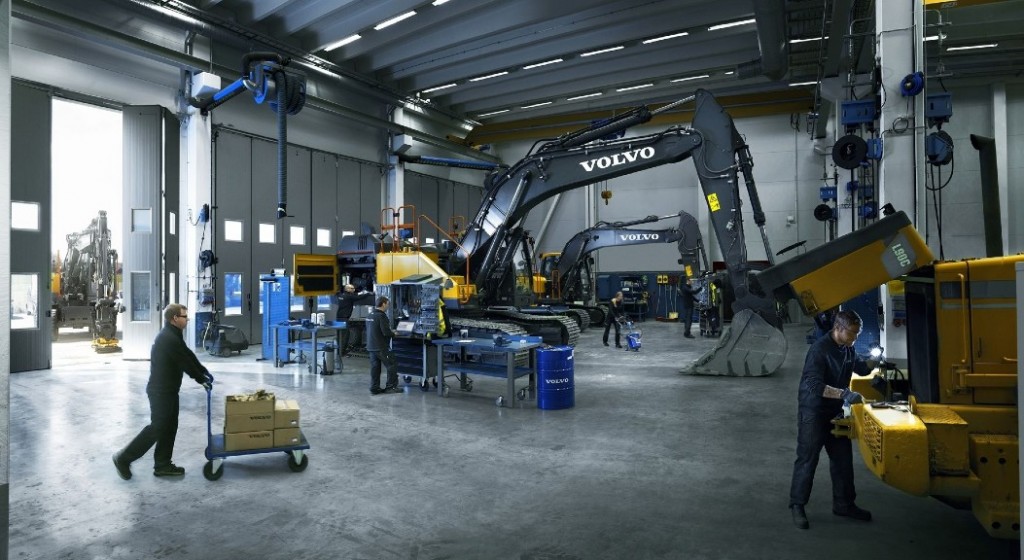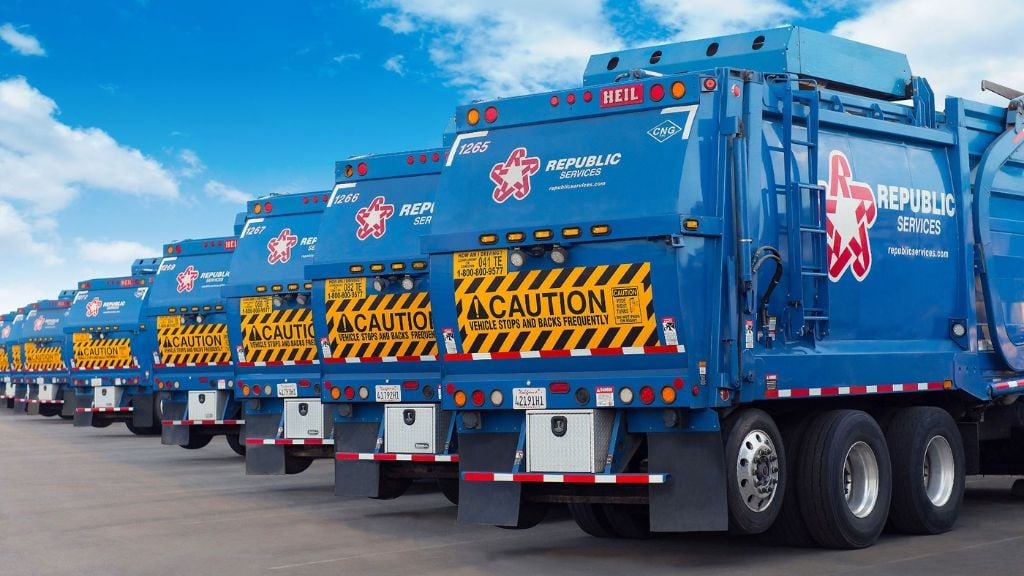Creating a waste-free circular economy for construction equipment
Volvo CE’s Nele Van Campfort describes the sustainable construction equipment industry of the future

For almost 200 years, Volvo Construction Equipment has strived to make as many products as it possibly can. It is the same for all manufacturers. The hundreds of thousands of machines that are being produced each year consume vast amounts of natural resources to build, and even more resources to keep working. Then, after a few years we hope the customer replaces their current machine with new ones —and the process begins again.
But that is not the cycle of the future. For the circular economy to become a reality, we need to take the completely opposite view and ask ourselves not: ‘How we can make more machines?' but, 'How can we make fewer machines?'
Disrupting current business models for sustainability
The shift to a green and circular economy will disrupt our value chain, impact our customers, upend our distribution network, change the industry forever, and have an impact on wider society. Sounds disruptive, right? It is disruptive in reality. But one thing it certainly is not, and that's bad. The circular economy will be good for everyone, and it is also filled with amazing opportunities for business.
It is not even as if we have a choice. Government commitments, such as the Paris Agreement, EU Green Deal and China's latest Five Year Plan, all raise the profile of sustainability to unprecedented levels. Even Wall Street is getting it — with investments flowing into renewable energy and out of fossil fuels. The emergence of Smart Cities will become commonplace, and the environmental bar is rising for the machines that will be allowed to work on such projects. The circular economy is going to happen, and construction equipment industry will have to embrace it if it is to survive.
Pay for what you use
The shift will involve a move from machine ownership to machine access — the value of using a machine, rather than owning it. Outsourcing machine ownership to OEM manufacturers, dealers, or rental fleet owners will become more commonplace. If our predictions are correct, in the future machine manufacturers will primarily sell solutions, not machines. Customers will pay for machine hours as operating expenses rather than capital expenditure. For manufacturers, revenues will come from the use of equipment rather than from selling individual machines.
In this future world of pay-per-output, the OEM could not only provide the service in the form of machines, but also provide the operators and general site consultancy. This is a daunting change for manufacturers and their dealers. With machines staying on their balance sheets, the incentive will not be to make more machines, but to keep the existing fleet running for longer and as efficiently as possible, thanks to regular updates.
Developing a circular mentality
In this new world the way we design machines will also need to be looked at afresh. Did you know that 80 percent of a machine's lifetime environmental impact is determined at the design stage? Because of that we need to think about removing waste and pollution right from the start. We also need to design components to last longer, and be easier to repair, refurbish, or remanufacture. And at the end of their lifespans, they not only need to be 100 percent recyclable — we must ensure that they actually are recycled, upcycled, or down-cycled, with the raw materials redeployed in the production of new products or applications.
This focus on sustainable design will be reflected in machine ‘digital passports' that show their ecological footprint; not just in manufacture, but throughout their entire lifespan. Having a low environmental impact will become necessary for working on many jobs in the future, as clients also need to play their part in a circular economy.
Volvo CE has begun this task of working out the whole life cycle costs of our products. This is putting under the microscope the environmental impact of our value chain, the materials we use, where we source them, how far we transport them, and how we use energy. Even though two of our manufacturing facilities are now climate neutral, there is still a lot of work to be done.
Evolving logistics
It is clear that logistics are one of our biggest challenges — we move things far too much, sourcing raw materials and components from all parts of the world, and then shipping finished machines to customers in all four corners of the globe. Part of the reason for this, ironically, is that the price of transportation is too cheap, with none of its inherent cost of pollution included in the price. To overcome this we will have to source nearer to where its needed, and even look to manufacture locally using 3D printing technology. As OEMs' most local partner to the customer, dealers are ideally positioned to take on new tasks, such as operator training, machine refurbishment, and even collecting end-of-life machines/components for reverse logistics and onward recycling.
Local sourcing would save huge amounts in transportation costs. In the aftermath of COVID-19 and how it ruptured global supply chains, local sourcing has never looked so good.
Innovation will help complete the circle
Customers will also face similar challenges in their own circular economic journey. How can manufacturers help reduce their environmental footprint? Technology is already coming to the rescue, with machine control systems — such as Volvo's Dig Assist, Pave Assist, Haul Assist, and Load Assist — meaning that tasks are completed more efficiently and far quicker, with lower fuel costs, less waste, or overwork. This is just the first stage of an ongoing process of autonomy.
Telematics-based services, such as Volvo ACTIVE CARE and Volvo's Caretrack system, are also today helping to boost machine productivity, by identifying faults and inefficiencies (e.g. too much idling). One of the biggest ways to reduce machine environmental impact is to improve operator skills, and schemes such as Eco-Operator can have a significant impact on lowering a machine's carbon footprint.
It is already clear that electromobility will play an important role in the creation of a circular economy. Not just battery-electric, but even other innovations, like green hydrogen fuel cells. The vast population of machines with internal combustion engines can also improve, and biofuels offer a short-term potential to drastically reduce carbon dioxide emissions.
The faster the better
So, when will the circular economy of construction equipment be achieved? Not overnight. The European Commission is targeting a 40 percent cut in greenhouse gas emissions, 32 percent share for renewable energy and a 32.5 percent improvement in energy efficiency — all by 2030. Work on this is already happening at an accelerating rate, with the target for full circularity being 2050.
The circular economy is not an ‘if' anymore, but a ‘when'. Yes, creating it will be disruptive. Yes, it will involve dramatic changes. But the benefits of a waste-free, truly holistic economy are huge, and businesses that take a proactive approach will thrive in the new economic climate. When achieved, the Circular Economy will be good for people, the planet, and for profit.
Nele Van Campfort is Volvo Construction Equipment's Business Development Manager for Services.



